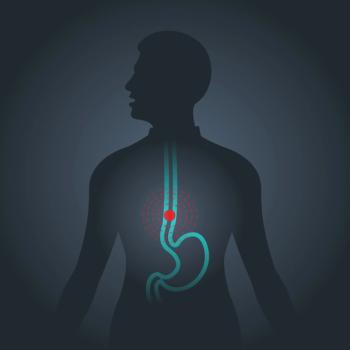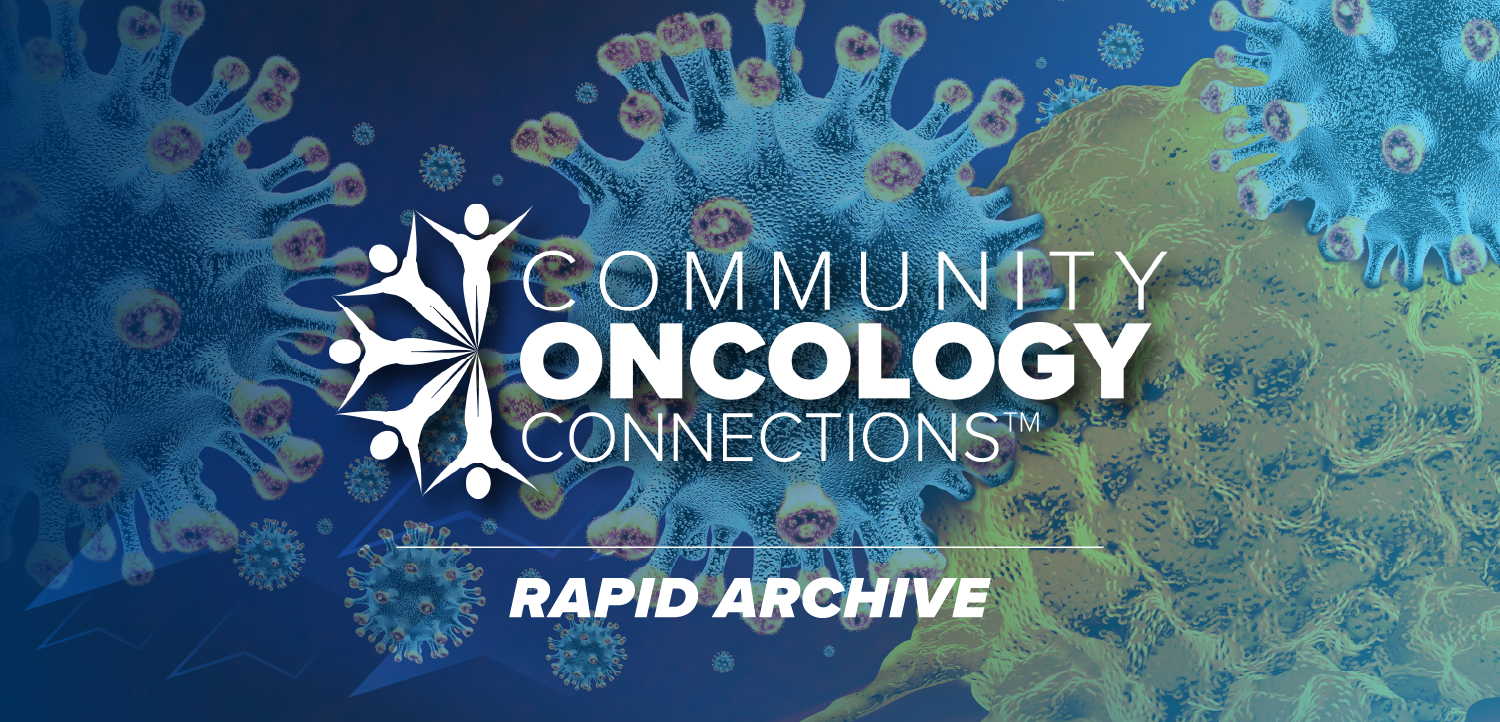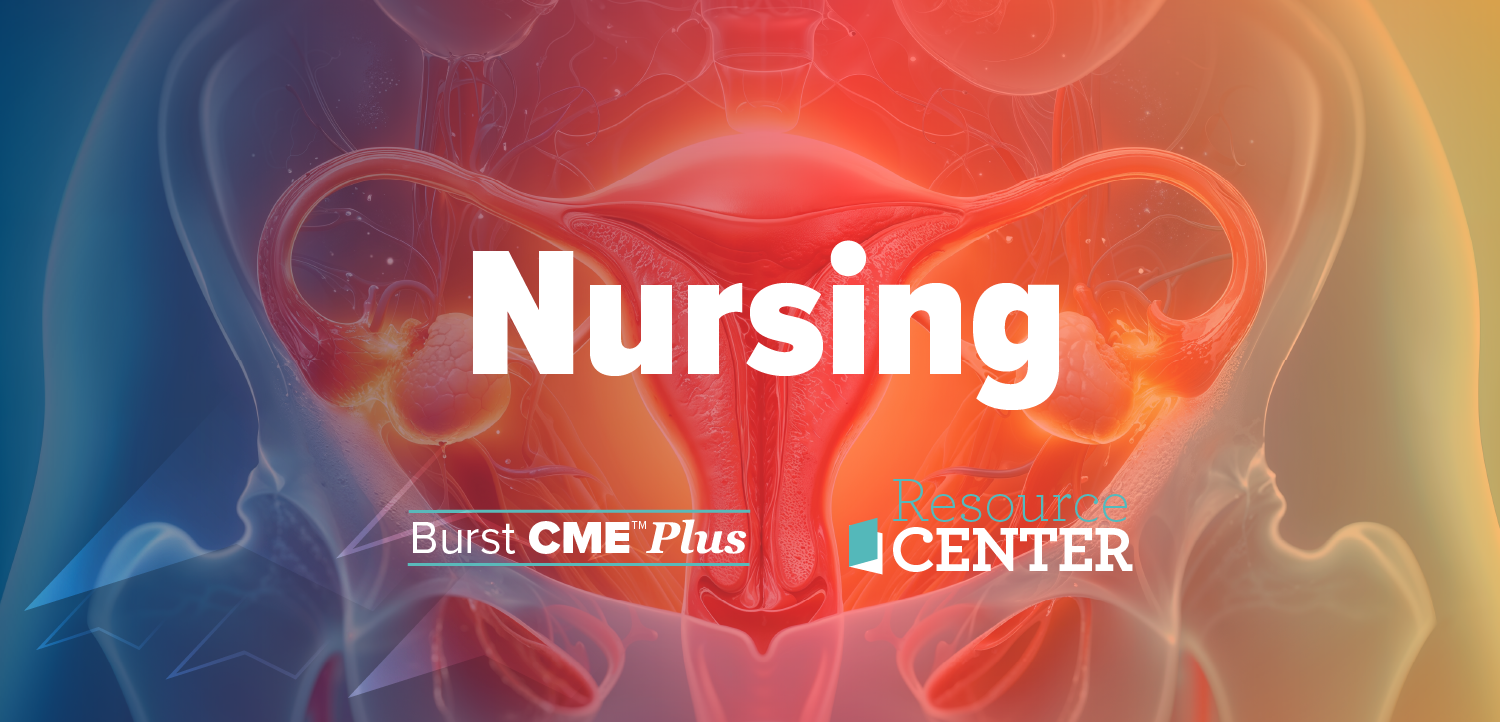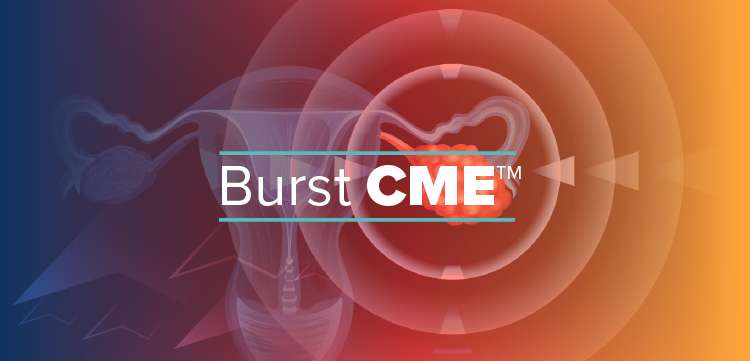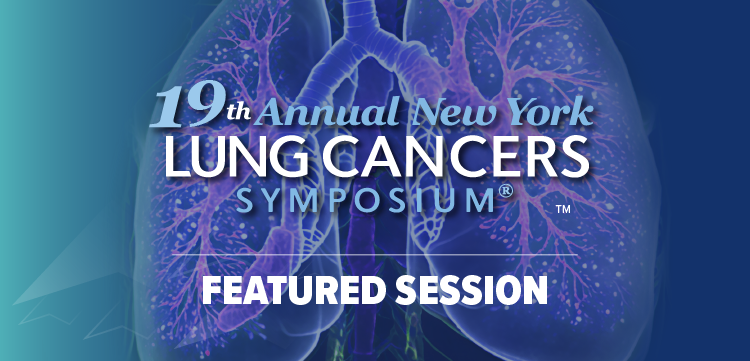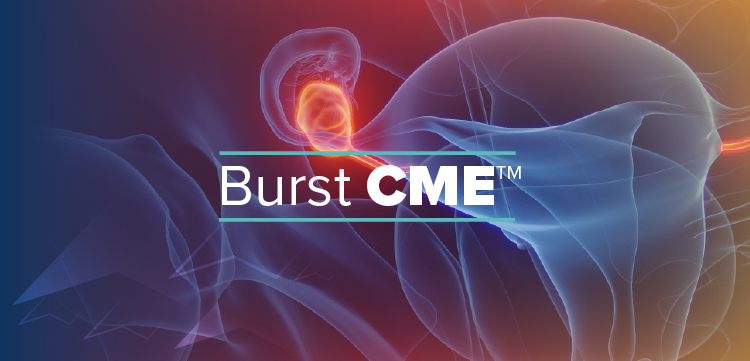
CDH1 Mutations Bring High Gastric Cancer Risk
According to a large study, men with a CDH1 gene mutation have a 70% incidence of gastric cancer by the age of 80 years and women have a 56% incidence.
Men who carry a mutation in the E-cadherin (CDH1) gene, a gene associated with hereditary diffuse gastric cancer (HDGC), have a 70% incidence of gastric cancer by the age of 80 years, according to a large study looking at CDH1 mutation carriers.
Women in the study were found to have a 56% incidence of gastric cancer by age 80.
These risk estimates were taken from a study, published in JAMA Oncology, by Samantha Hansford, MSc, from the Centre for Translational and Applied Genomics, British Columbia Cancer Agency, Vancouver, British Columbia, and colleagues. The researchers sought to get accurate estimates of gastric cancer risk among people carrying CDH1 mutations, and screen for additional gene mutations that might be associated with HDGC.
The study included 183 cases meeting criteria for HDGC taken from 75 mutation-positive families. The researchers performed testing for CDH1 and found 31 distinct mutations in 34 of the 183 cases (19%).
The researchers acknowledged that 19% is significantly less than that seen in earlier studies of HDGC families with CDH1 mutations.
“Our new penetrance estimates are more precise because of the larger cohort used. The families used to compile these data are from multicultural backgrounds, primarily from regions where gastric cancer is present at low incidences,” the researchers wrote “This number could be a reflection of the varied ethnicities within our consecutive series; it is well known that the frequency is highly variable between countries with different incidences of gastric cancer, and prior ascertainment of kindred with the strongest family histories may have skewed past reports.”
In participants who were CDH1-negative, the researchers analyzed for other mutations associated with HDGC and found 16 candidate mutations in 144 probands (11%). These mutations included: CTNNA1, BRCA2, STK11, SDHB, PRSS1, ATM, MSR1, and PALB2.
“Among the germline abnormalities uncovered in this cohort, CTNNA1 mutations are most likely to mirror the genetic and functional significance of CDH1 mutations,” Hansford and colleagues wrote. “Like CDH1, CTNNA1 is involved in intercellular adhesion and is a suspected tumor suppressor and susceptibility gene for DGC.”
In an editorial published with the study, James M. Ford, MD, from Stanford University School of Medicine, wrote that the research by Hansford et al is a “major advance.”
“Of note, in the study by Hansford et al, only 19% of families meeting clinical criteria for HDGC were found to have a pathogenic germline CDH1 mutation, with another 2% exhibiting a variant of uncertain significance,” Ford wrote. “This is significantly less than previously described, but regardless, emphasizes the point well known to cancer genetics practitioners that we cannot account genetically for the majority of HDGC families through CDH1 testing and that only a handful of true gastric cancer families are associated with mutations in genes for Lynch syndrome, Li-Fraumeni syndrome, Cowden disease, Peutz-Jeghers syndrome, and a few others.”
Newsletter
Stay up to date on recent advances in the multidisciplinary approach to cancer.



